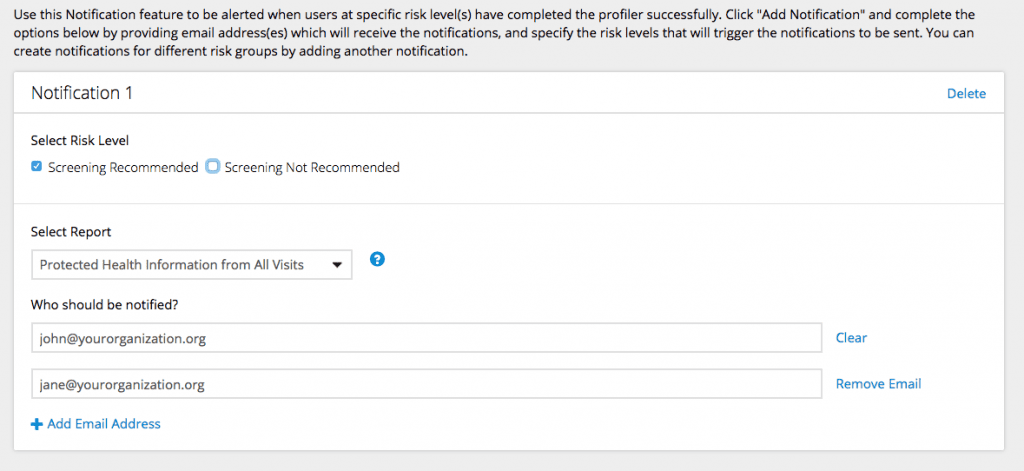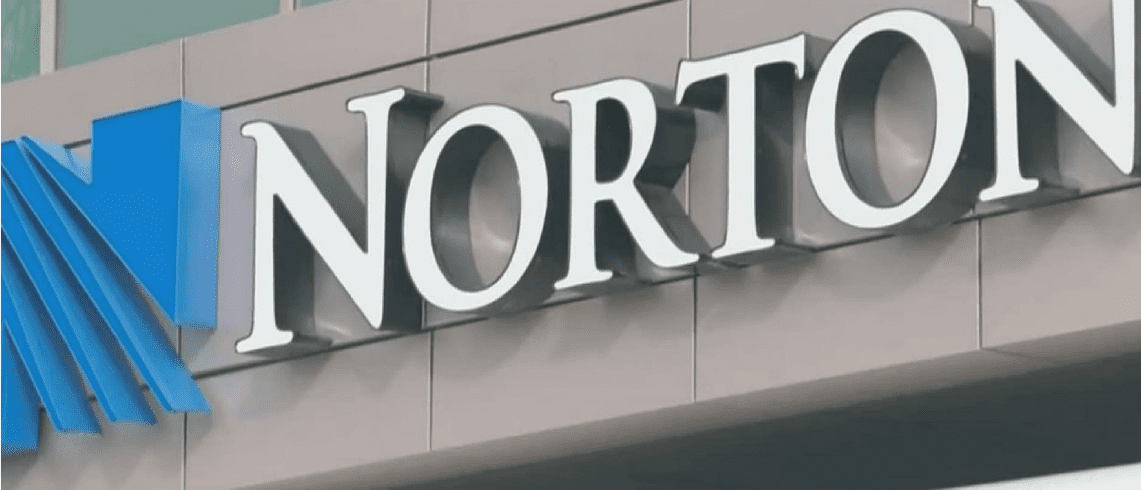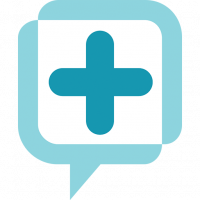I know. We talk about this (underused) HRA feature a lot. Why? Because when properly put to work, Notifications increase patient acquisition– often dramatically so. Norton Healthcare is a great example of this. Graciously, they’ve allowed us to share their success.
First off, as a reminder, the Notification feature (part of our four “Follow-Up” features) allows you to trigger 1 or more emails to designated health system contacts notifying them of an HRA completion. You can trigger different notifications for different HRA results, or the same Notification for all results. Also, you can choose to receive a single “digest-style” email per day with all completions. These options allow you to craft powerful workflow responses to each completion to truly connect with healthcare consumers in a personalized fashion. (Hint: That’s how you win hearts and minds.)
 The Rise of Consumerism
The Rise of Consumerism
Frankly, today’s consumers expect this. They want quick and relevant responses when they interact with an organization online. This article by Salesforce.com talks about these types of consumerism expectations. It includes these great stats:
- 84% of customers say being treated like a person, not a number, is very important to winning their business.
- 59% of customers say tailored engagement based on past interactions is very important to winning their business.
- Customers are 2.1x more likely to view personalized offers as important versus unimportant.
This is what Amazon and other leading brands do. Right or wrong, consumers now expect it from health care providers. Fortunately, our Notification feature allows Norton Healthcare (and you!) to do exactly that. Norton recognized the importance of timely, personalized nurturing and took up the challenge. It didn’t take long for them to see results.
Norton found that calling high-risk individuals soon after HRA completions helped encourage those users to take appropriate action. Their trained patient navigators have greatly increased the number of appointments scheduled, by patients who truly need care, simply by following up on the HRA results in a timely fashion with a phone call. This is the attention that patients want– personalized and appropriate. Bravo!
The Details
Let’s dig in to this a bit deeper and see how Norton Healthcare made this work.
- First, and maybe most importantly, they set the expectation of follow-up calls in the HRA experience.
Norton customized their Follow-Up emails to inform users that they will be reaching out to consult regarding high-risk results. Also, there is an option to allow users to opt-in or out of phone calls. Norton promises a call within 1-3 business days. That is a great commitment. Two-way communication is always most productive. It shows the users that you’re keeping track on their health and want what’s best for them. Who wouldn’t want that? - Next, Patient Navigators share an inbox for the emails notifying them of high-risk completions.
Everyone works together to follow up with users to engage in meaningful conversation and determine the best next steps– regardless if an appointment is needed. - When following up with a user, patient navigators log into our Management Portal to retrieve user information.
We’re not just talking contact information. Navigators have the whole picture of each assessment– every user-provided answer, so they can ask the right follow-up questions and direct them to the best point of care for their situation, and Norton’s available resources.
Because Norton Healthcare is doing such a great job of leveraging every HRA completion, they are now looking to drive even more HRA utilization. They are using their HRAs as the call-to-action destination for other patient outreach efforts. From our perspective, that’s as good as it gets. Total kudos. Optimizing promotion and follow-up is what unlocks the real power of the HRAs. Like we said, notifications increase patient acquisition.
We Can Help
Please reach out to us if you want help doing something similar. We are here to quickly answer any questions you might have. For example, “Who should we send the leads to?” or “Do we have the infrastructure in place to effectively follow-up with each user?” We want you to be successful in implementing this feature because we know the value it brings to your organization. Check out our Support Articles section for various articles on this feature.
Thanks again to the team at Norton Healthcare for sharing their story. If you’re ready to turn on notifications, contact us. We’re always happy to assist!















 Thank you for your interest.
Thank you for your interest.